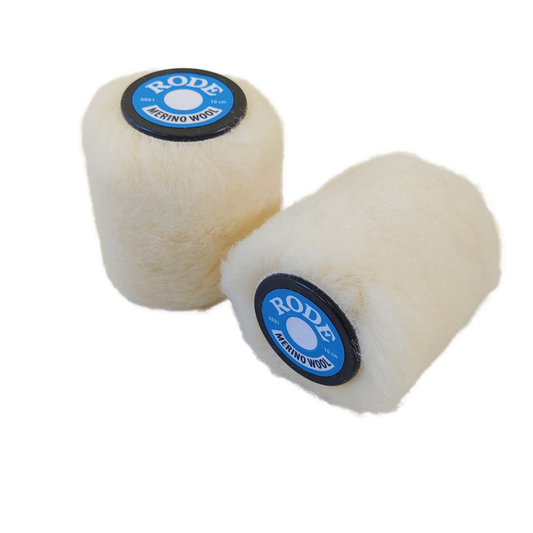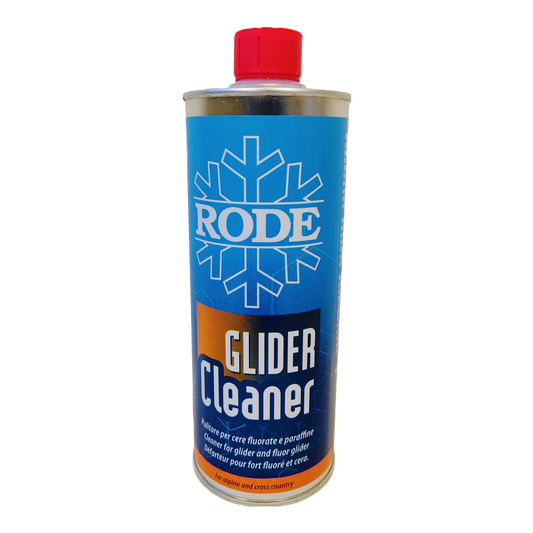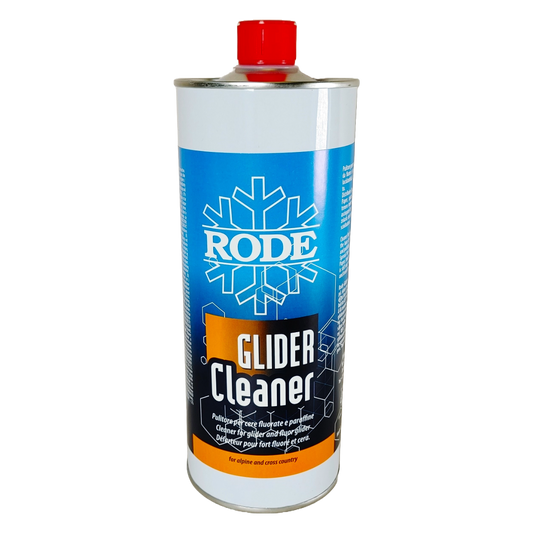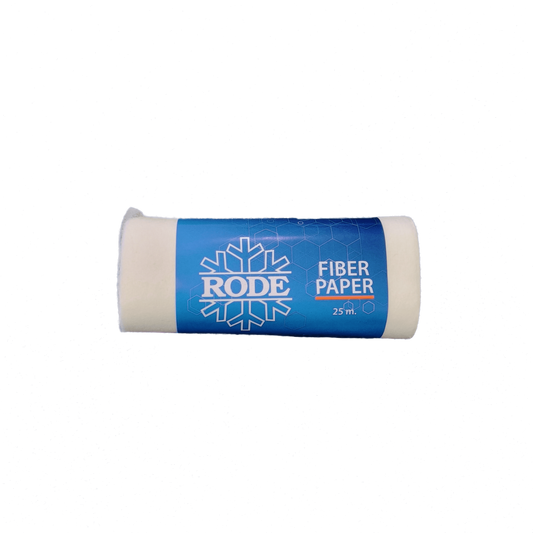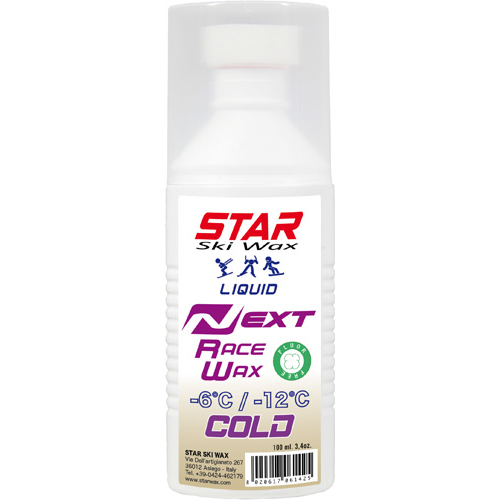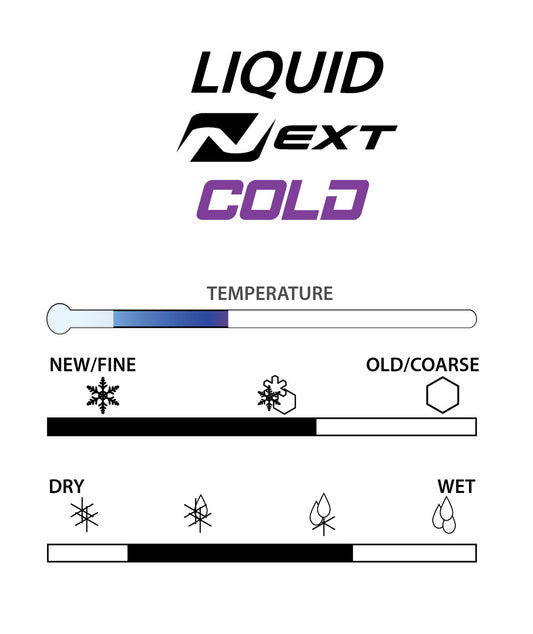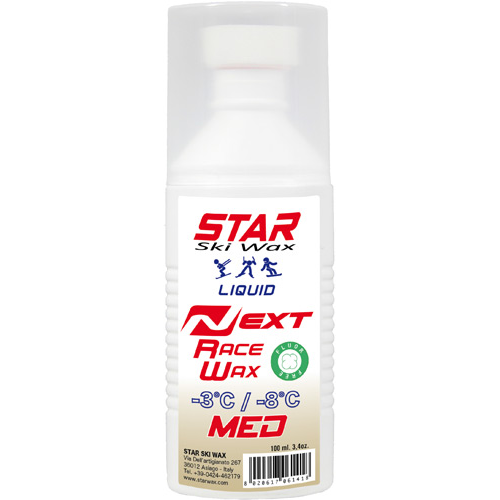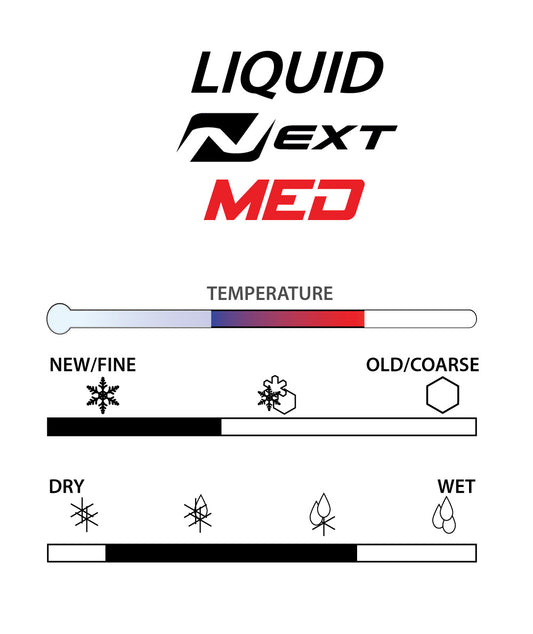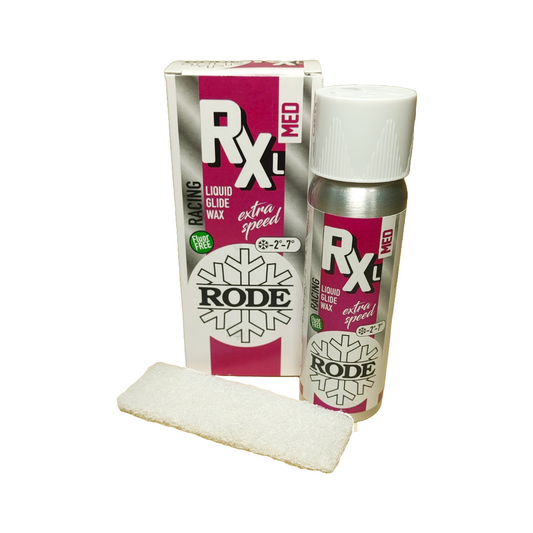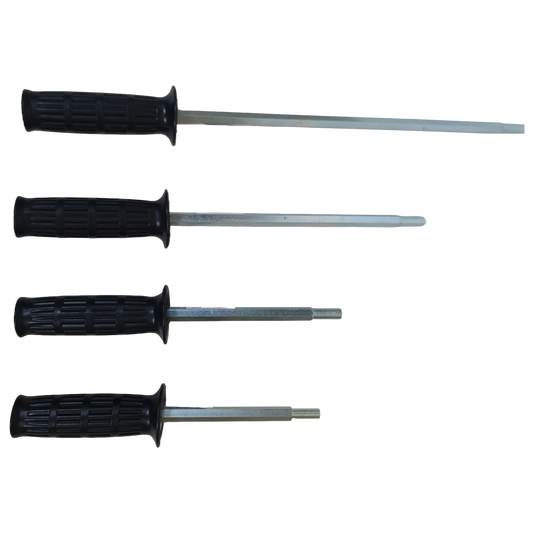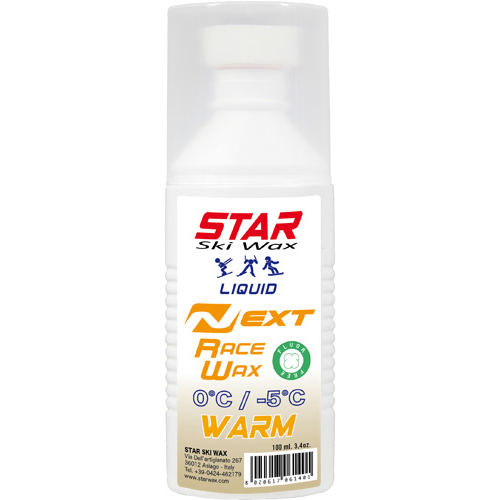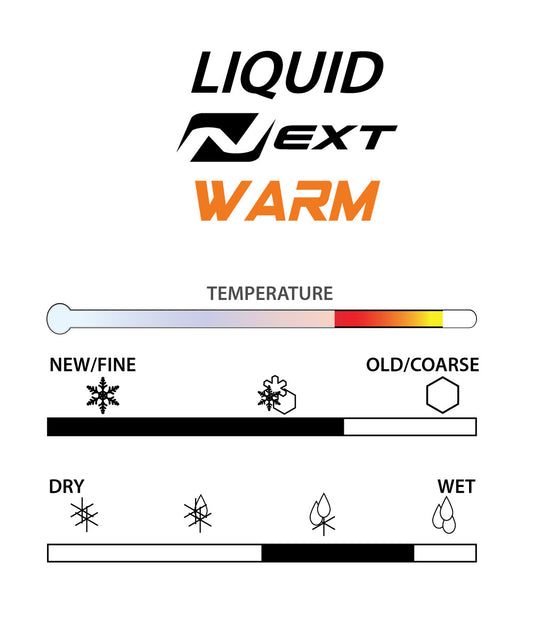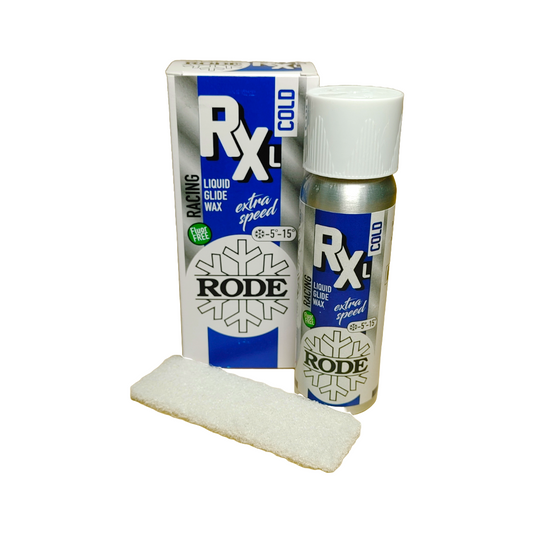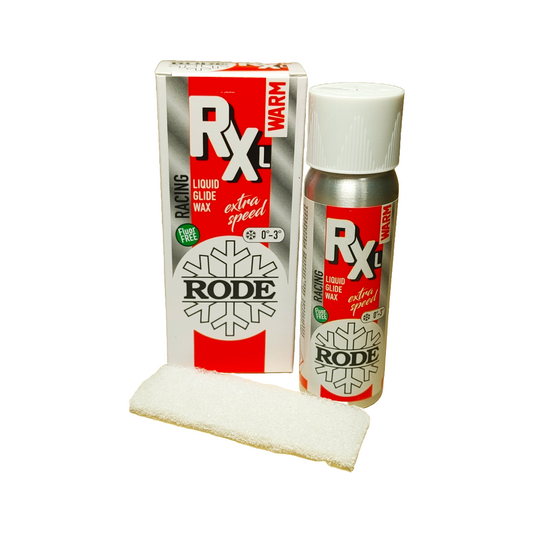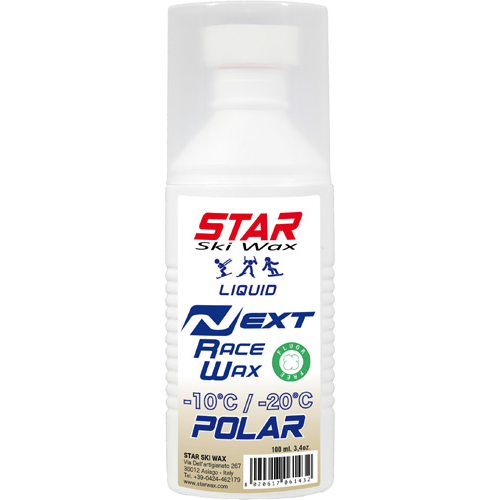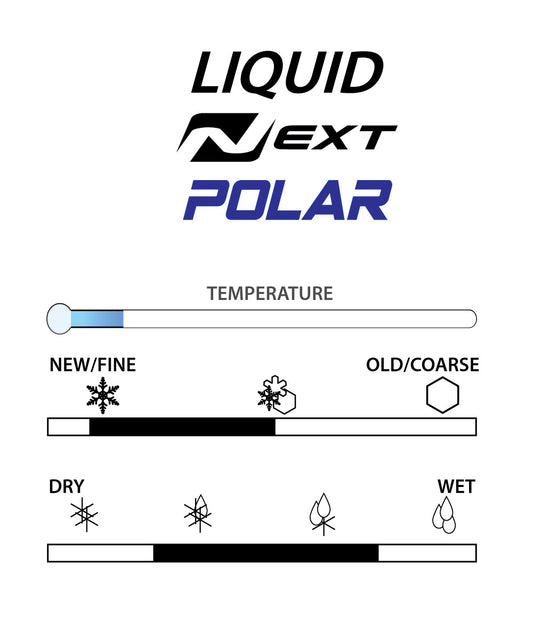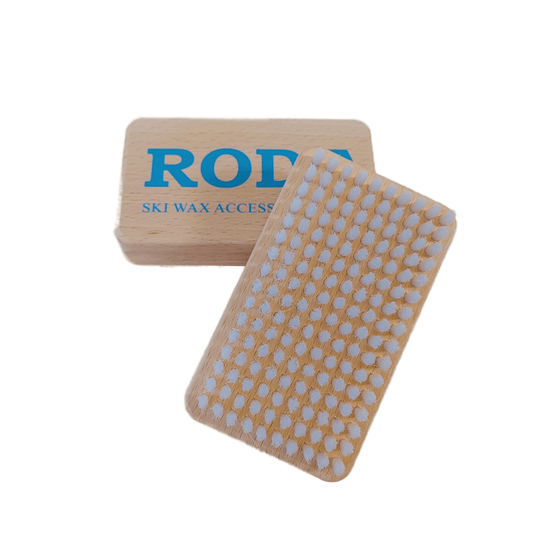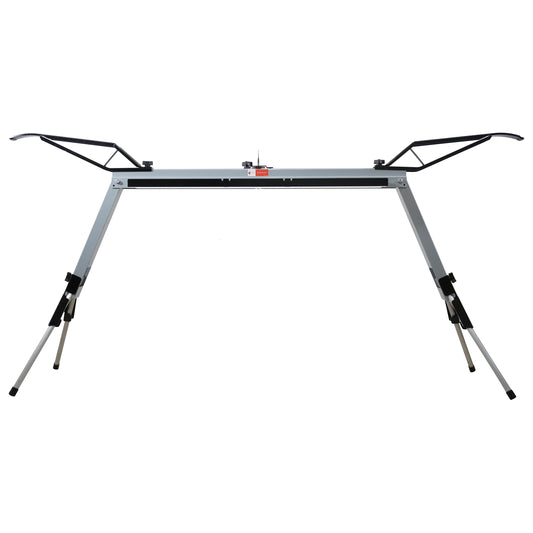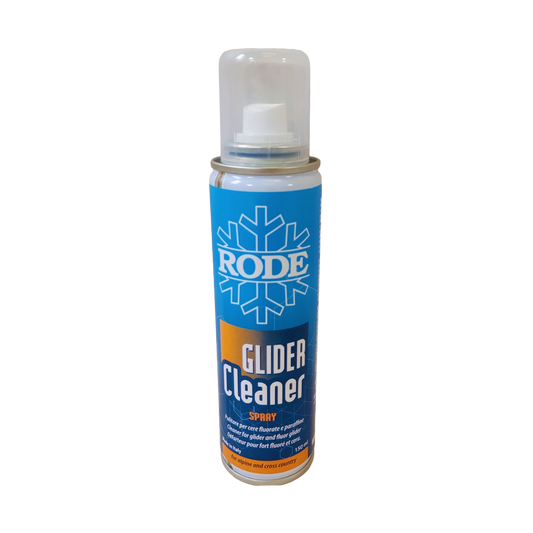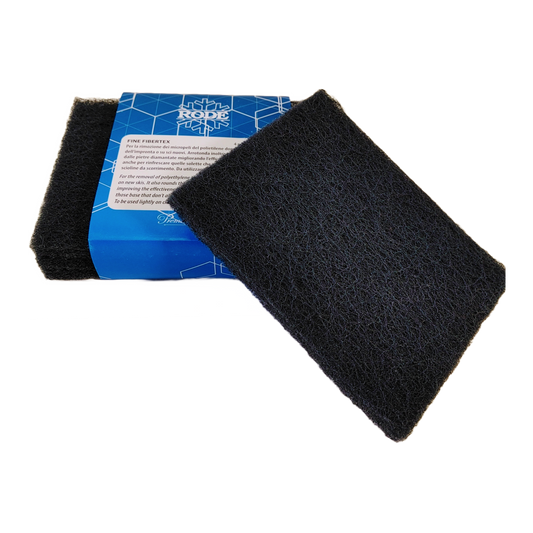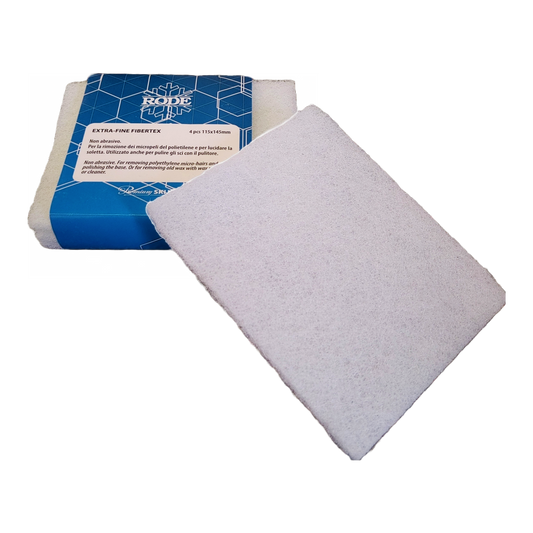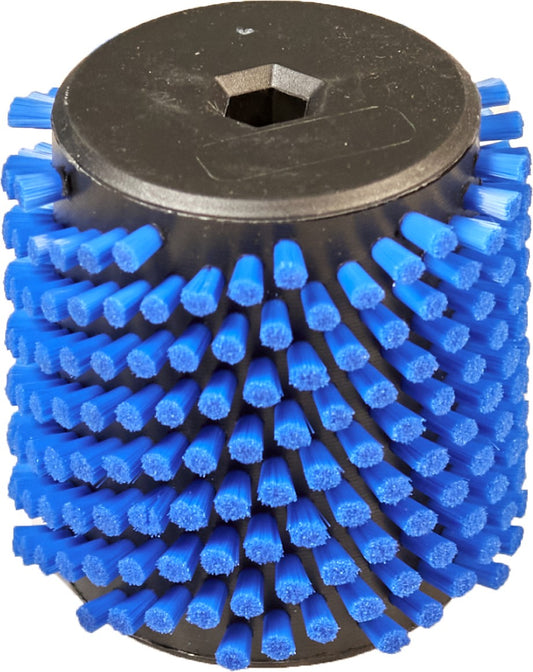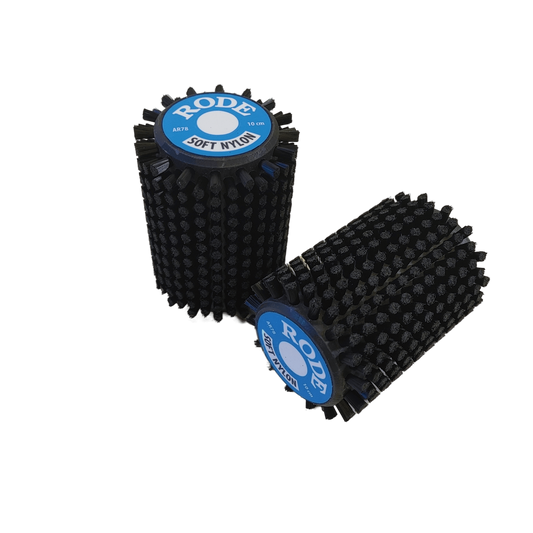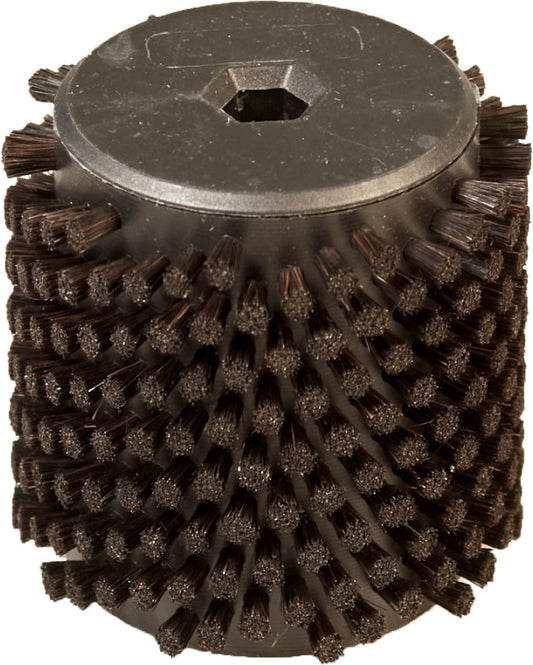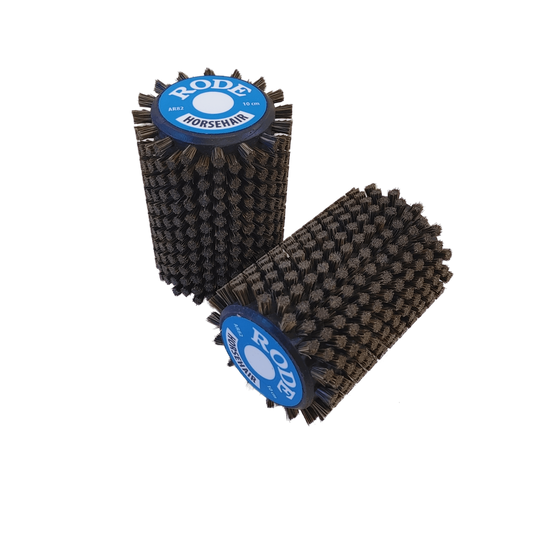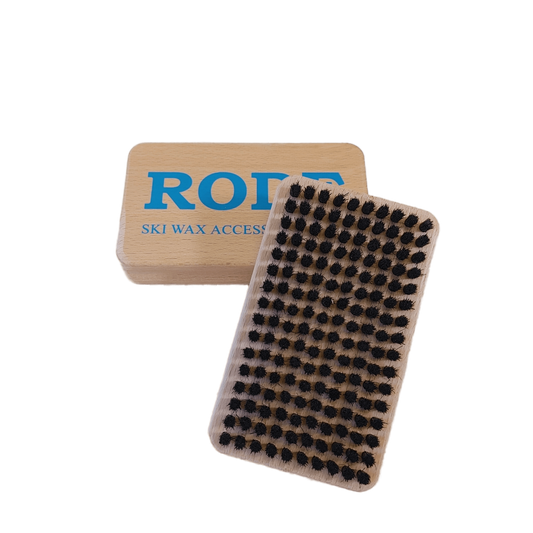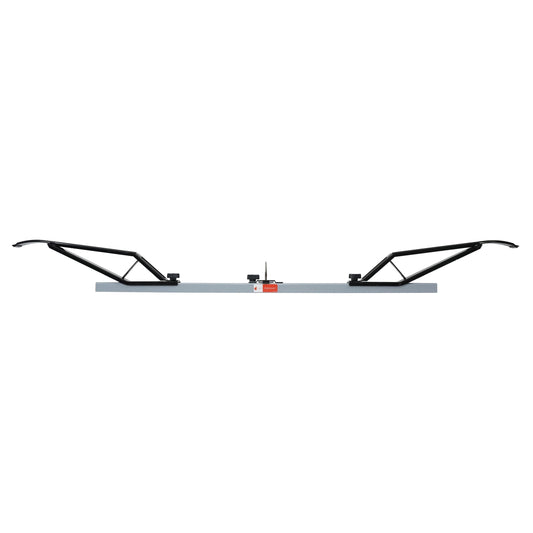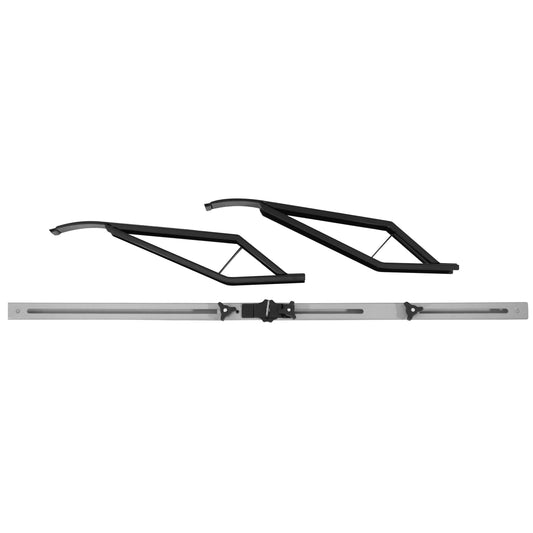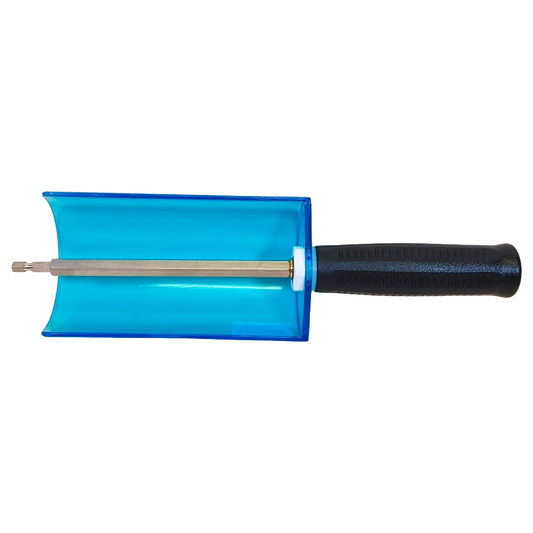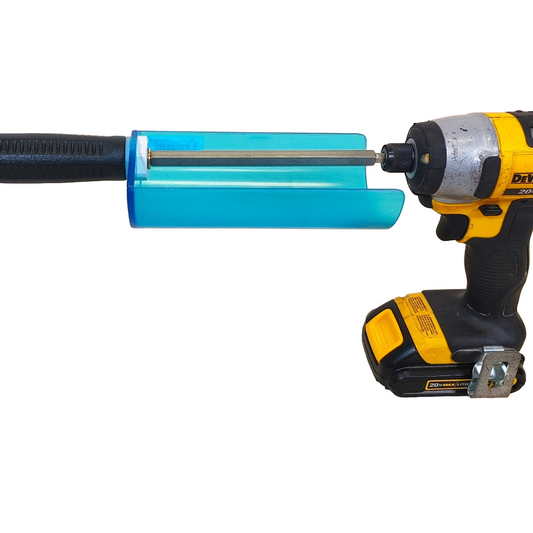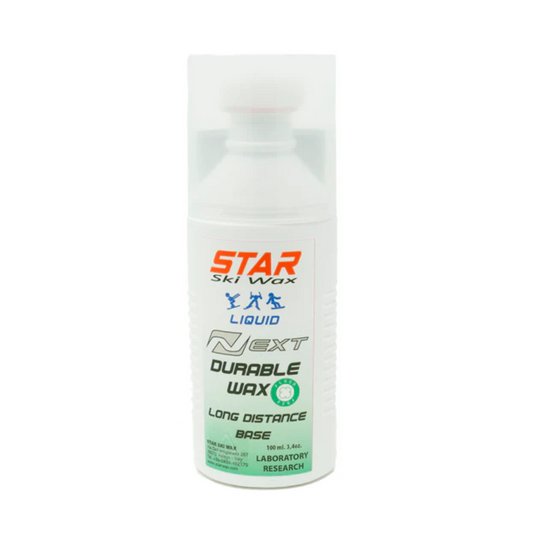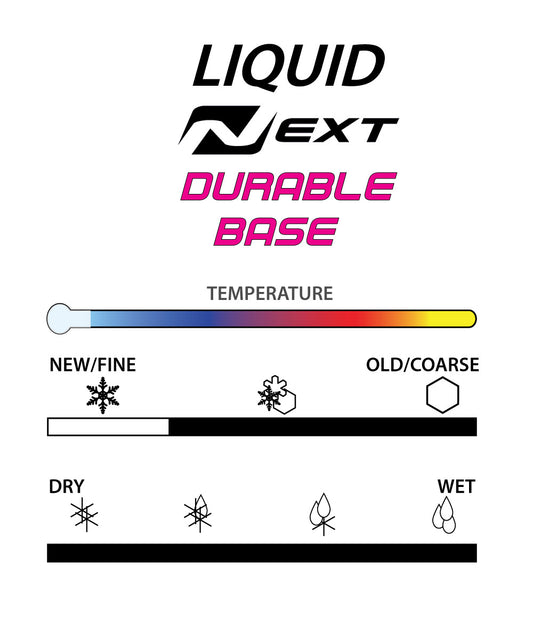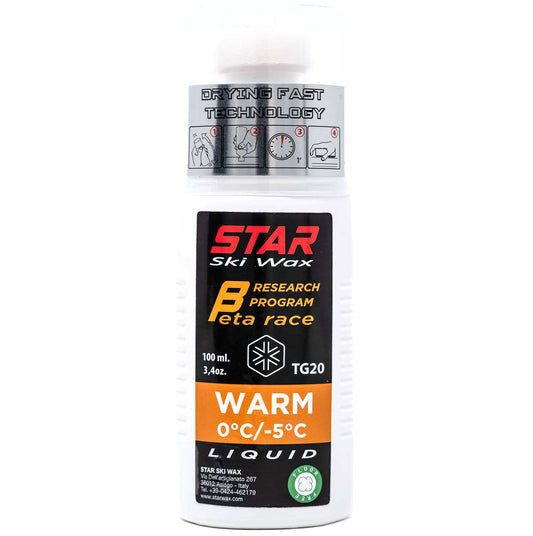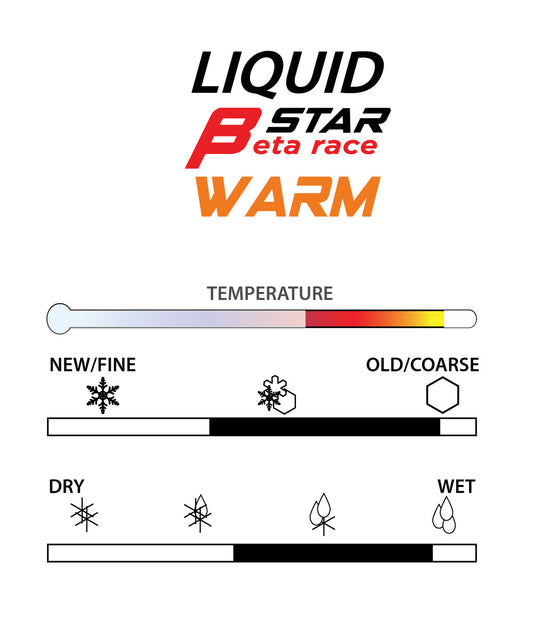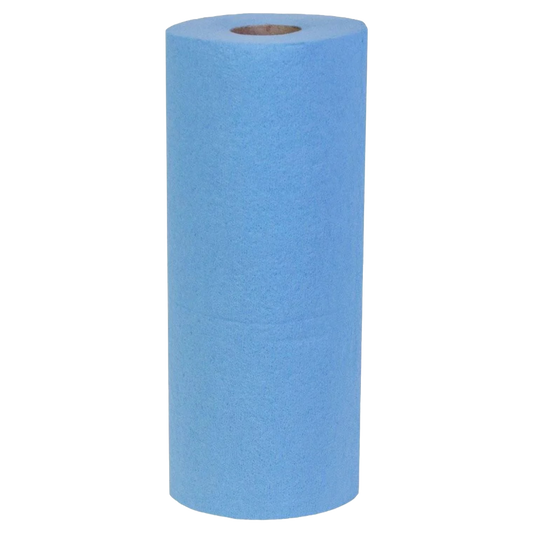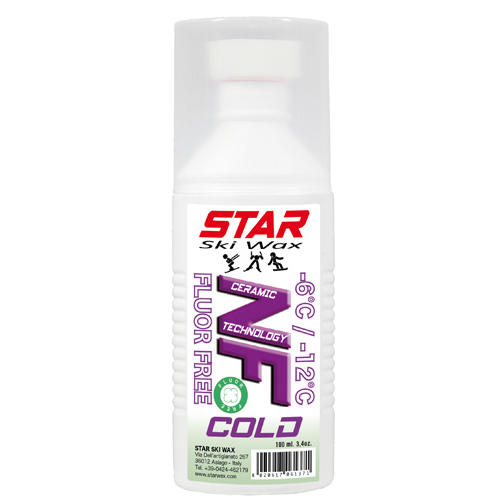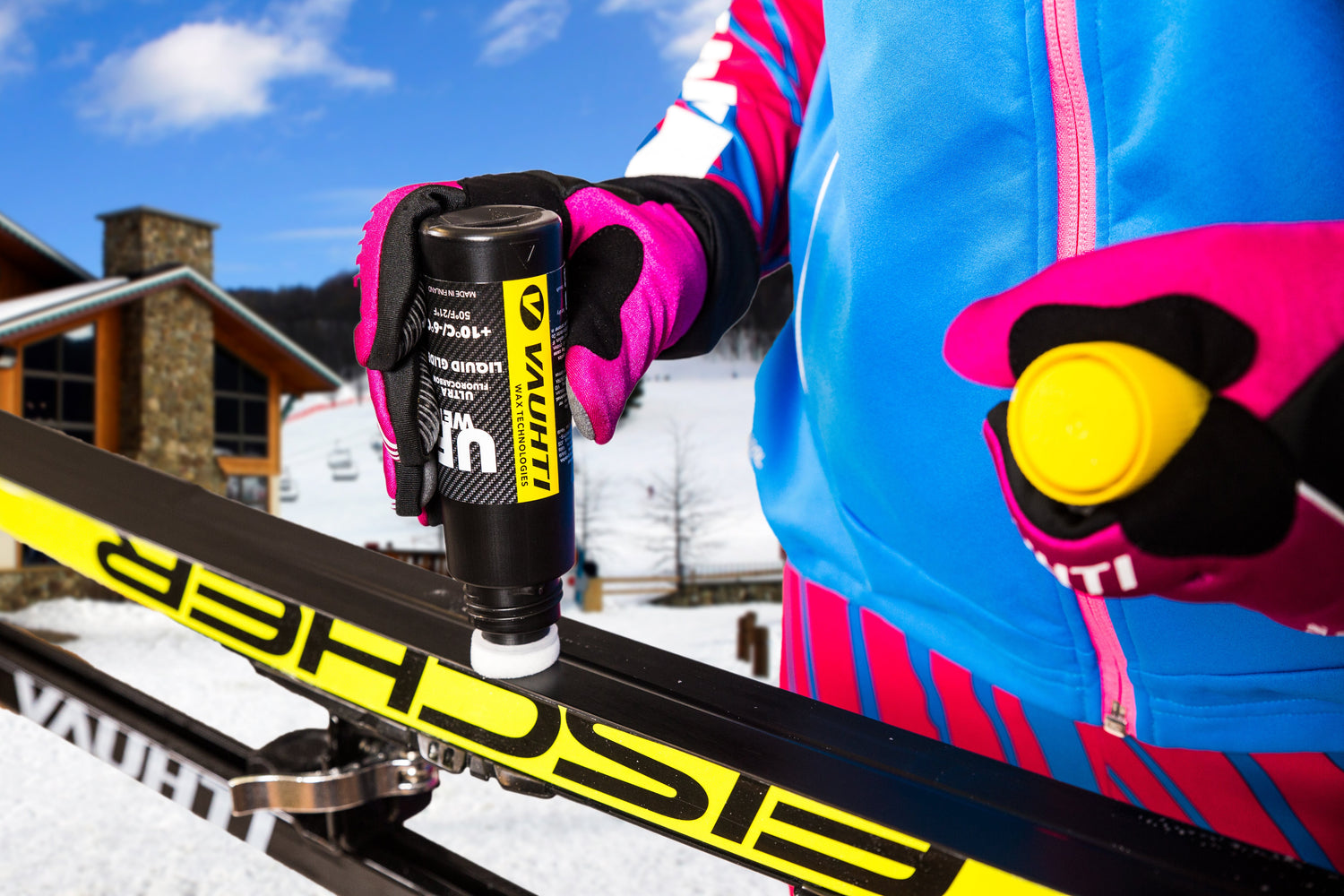
Liquid Glide Wax Application
Most liquid glide waxes are very simple and quick to apply. They are a fantastic way to get your skis primed without an entire wax box full of tools. In the waxing world, liquid glide waxes are seeing the most research and development. Season after season, new and improved liquid waxes are becoming available. With the R&D focus and the advent of fluor-free waxing rules, liquid waxes have seriously broken out as one of the best ways to make fast fluor-free skis. This is a huge bonus since these liquid waxes can be applied in the parking lot without advanced waxing knowledge or tools.
How-To Video
Step-by-Step
1) If you are skiing more than 15km, begin by applying a base melt wax that suits the day's snow conditions. Scrape and brush. Alternatively, you can apply a liquid base wax.
2) Using the bottle's dabber, apply a good coat of the liquid wax over the entire glide zone.
3) Set the ski aside until the liquid is visibly dry. It can take several minutes for the solvents to evaporate.
4) Once the liquid is dry, it's time to polish! Use a nylon hand brush or nylon roto brush. 10-15 passes with a hand brush or several passes with a roto brush should be plenty. Your ski base should now be very shiny. You can skip the polishing step if you can tolerate slower skis for the first 2-3km of your outing.
5) Consider finishing your ski by adding structure with a rill tool if there's a lot of moisture in the snow, or if it is very cold or dry, finish the ski with pink paper.
Products for Liquid Glide Wax Application
-
Rode Merino LONG HAIR Wool Roto Brush
Regular price From $55.96 CADRegular priceUnit price / per$0.00 CADSale price From $55.96 CADRode Merino LONG HAIR Wool Roto Brush
Regular price From $55.96 CADRegular priceUnit price / per$0.00 CADSale price From $55.96 CADRode Merino LONG HAIR Wool Roto Brush
Regular price From $55.96 CADRegular priceUnit price / per$0.00 CADSale price From $55.96 CAD -
Rode Glider Cleaner
Regular price From $41.96 CADRegular priceUnit price / per$0.00 CADSale price From $41.96 CADRode Glider Cleaner
Regular price From $41.96 CADRegular priceUnit price / per$0.00 CADSale price From $41.96 CADRode Glider Cleaner
Regular price From $41.96 CADRegular priceUnit price / per$0.00 CADSale price From $41.96 CAD -
Rode Fiber Paper | 25m
Regular price $17.96 CADRegular priceUnit price / per$0.00 CADSale price $17.96 CAD -
STAR NEXT COLD Fluoro-Free Racing Liquid (Sponge Application) | 100mL (-6C/-12C)
Regular price $79.00 CADRegular priceUnit price / per$0.00 CADSale price $79.00 CAD -
STAR NEXT MED Fluoro-Free Racing Liquid (Sponge Application) | 100mL (-3C/-8C)
Regular price $79.00 CADRegular priceUnit price / per$0.00 CADSale price $79.00 CAD -
Rode RXLM RACING EXTRA LIQUID MED | 80ml (-2C/-7C)
Regular price $33.96 CADRegular priceUnit price / per$49.96 CADSale price $33.96 CADSale -
Rode Roto Handle
Regular price From $99.96 CADRegular priceUnit price / per$0.00 CADSale price From $99.96 CADRode Roto Handle
Regular price From $99.96 CADRegular priceUnit price / per$0.00 CADSale price From $99.96 CADRode Roto Handle
Regular price From $99.96 CADRegular priceUnit price / per$0.00 CADSale price From $99.96 CAD -
STAR NEXT WARM Fluoro-Free Racing Liquid (Sponge Application) | 100mL (0C/-5C)
Regular price $79.00 CADRegular priceUnit price / per$0.00 CADSale price $79.00 CAD -
Rode RXLC RACING EXTRA LIQUID COLD | 80ml (-5C/-15C)
Regular price $33.96 CADRegular priceUnit price / per$49.96 CADSale price $33.96 CADSold out -
Rode RXLW RACING EXTRA LIQUID WARM | 80ml (0C/-3C)
Regular price $33.96 CADRegular priceUnit price / per$49.96 CADSale price $33.96 CADSale -
STAR NEXT POLAR Fluoro-Free Racing Liquid (Sponge Application) | 100mL (-10C/-20C)
Regular price $79.00 CADRegular priceUnit price / per$0.00 CADSale price $79.00 CAD -
Rode Soft Nylon Handbrush
Regular price $25.96 CADRegular priceUnit price / per$0.00 CADSale price $25.96 CAD -
Canadian Wintersports Inc ProForm-AL1 Wax Bench Station FULL SET
Regular price $669.95 CADRegular priceUnit price / per$709.85 CADSale price $669.95 CADSale -
Rode Glider Cleaner Spray | 150mL
Regular price $21.96 CADRegular priceUnit price / per$0.00 CADSale price $21.96 CAD -
Rode FiberTex
Regular price From $13.96 CADRegular priceUnit price / per$0.00 CADSale price From $13.96 CADRode FiberTex
Regular price From $13.96 CADRegular priceUnit price / per$0.00 CADSale price From $13.96 CADRode FiberTex
Regular price From $13.96 CADRegular priceUnit price / per$0.00 CADSale price From $13.96 CAD -
Rode Soft Nylon Roto Brush
Regular price From $69.96 CADRegular priceUnit price / per$0.00 CADSale price From $69.96 CADRode Soft Nylon Roto Brush
Regular price From $69.96 CADRegular priceUnit price / per$0.00 CADSale price From $69.96 CADRode Soft Nylon Roto Brush
Regular price From $69.96 CADRegular priceUnit price / per$0.00 CADSale price From $69.96 CAD -
Rode Horsehair Roto Brush
Regular price From $69.96 CADRegular priceUnit price / per$0.00 CADSale price From $69.96 CADRode Horsehair Roto Brush
Regular price From $69.96 CADRegular priceUnit price / per$0.00 CADSale price From $69.96 CADRode Horsehair Roto Brush
Regular price From $69.96 CADRegular priceUnit price / per$0.00 CADSale price From $69.96 CAD -
Rode Horsehair Handbrush
Regular price $25.96 CADRegular priceUnit price / per$0.00 CADSale price $25.96 CAD -
Canadian Wintersports Inc ProForm-AL1 Wax Bench Station FORM Segment
Regular price $299.95 CADRegular priceUnit price / per$0.00 CADSale price $299.95 CAD -
STAR Rotary Brush Handle with Cover FAST RELEASE/ IMPACT DRIVER- 140mm | 140mm
Regular price $173.00 CADRegular priceUnit price / per$0.00 CADSale price $173.00 CAD -
STAR NEXT Durable Long Distance Base Liquid (Sponge Application) | 100ml
Regular price $90.00 CADRegular priceUnit price / per$0.00 CADSale price $90.00 CAD -
STAR BETA WARM Fluoro-Free Liquid (Sponge Applicator) | 100ml
Regular price $90.00 CADRegular priceUnit price / per$0.00 CADSale price $90.00 CAD -
Shop Towel for Ski & Snowboard Waxing
Regular price $6.95 CADRegular priceUnit price / per$0.00 CADSale price $6.95 CAD -
STAR NF COLD Fluoro-Free Liquid (Sponge Application) | 100mL (-6C/-20C)
Regular price $42.00 CADRegular priceUnit price / per$0.00 CADSale price $42.00 CAD
Ski Waxing Safety Measures
Safe Ski Waxing: Protect Yourself While Prepping Your Skis
Ski waxing is key to great performance on the snow, but it involves chemicals, heat, dust, and fumes that require careful handling. Prioritizing safety protects your health and ensures the waxing process is both effective and responsible.
Follow these essential safety practices every time you wax:
1. Maximize Ventilation: Fresh Air is Crucial 🌬️
- Why? Hot waxing, solvents, and brushing release fumes and fine dust particles that shouldn't be inhaled.
- Best Practice: Wax outdoors whenever possible.
-
Indoors: Ensure excellent air exchange.
- Work near open windows or doors.
- Use powerful exhaust fans (like range hoods or dedicated extraction systems) vented directly outside.
- Simple fans just circulating air within the room are not sufficient.
- Speak Up: If you're in a shared facility (like a team wax room or event) and ventilation seems poor, notify staff or organizers immediately. If you can strongly smell fumes or wax, ventilation isn't adequate.
2. Protect Your Lungs: Use a Respirator 😷
-
Why? Waxing generates harmful airborne particles and fumes from multiple sources:
- Smoke/fumes from hot waxing irons or machines.
- Dust from scraping and brushing wax.
- Vapors from evaporating solvents in liquid waxes and cleaners.
- Dust from fleece/wool application methods.
- Fumes from heating grip waxes and klisters.
-
Action: Wear a respirator suitable for both particulates (dust) and organic vapors (fumes/solvents).
- Look for respirators with P100 particulate filters combined with organic vapor cartridges.
- Ensure a proper fit. Facial hair can prevent a good seal.
- Replace filters and cartridges according to the manufacturer's recommendations or when you notice smell/taste breakthrough or increased breathing resistance.
3. Protect Your Eyes: Wear Safety Glasses 👓
- Why? Dust, flying wax particles, and potential splashes from cleaners can irritate or injure your eyes.
- Action: Always wear safety glasses or goggles. A full-face respirator also provides eye protection.
4. Protect Your Skin: Wear Gloves 🧤
- Why? Waxes and solvents contain chemicals that can be absorbed through the skin or cause irritation.
- Action: Wear chemical-resistant gloves (nitrile gloves are a common and effective choice). This keeps your hands clean and prevents direct skin contact with potentially harmful substances.
5. Maintain a Safe Wax Room Environment 🚫
- Control Access: Only those actively involved in waxing should be in the immediate waxing area to minimize exposure for others.
- No Food or Drink: Never eat, drink, smoke, or store food in the waxing area. This prevents accidental ingestion of harmful residues.
- Cleanliness: Keep your workspace tidy. Clean up spills immediately and manage wax scrapings (see next point).
6. Handle Wax Waste Responsibly ♻️
- Why? Wax shavings and dust contain the same chemicals you're protecting yourself from during application. Proper disposal protects the environment and prevents contamination.
-
Action:
- Collect all wax shavings, dust, and used cleaning materials (paper towels, rags).
- Place them promptly into a sealed plastic bag or designated waste container.
- Dispose of according to local regulations. (Note: Regulations for fluorinated wax disposal might be stricter in some areas – check local rules).
7. Control Your Iron Temperature 🔥
- Why? Overheating wax creates significantly more fumes and can damage your ski base.
- Action: Always use the wax manufacturer's recommended temperature for your specific wax. Don't guess!
8. Handle Cleaners & Solvents with Extra Care 🧪
- Why? Base cleaners and liquid waxes often contain volatile organic compounds (VOCs) that are easily inhaled and can be flammable.
-
Action:
- Use solvents and cleaners sparingly.
- Ensure maximum ventilation when applying them.
- Keep containers sealed when not in use.
- Crucially: Keep solvents far away from heat sources like your waxing iron, space heaters, or open flames.
Your Health Comes First!
By consistently following these safety protocols, you protect yourself from potential respiratory issues, skin irritation, and other health effects. Safe waxing allows you to focus on getting the best performance from your skis and fully enjoy your time on the snow.

